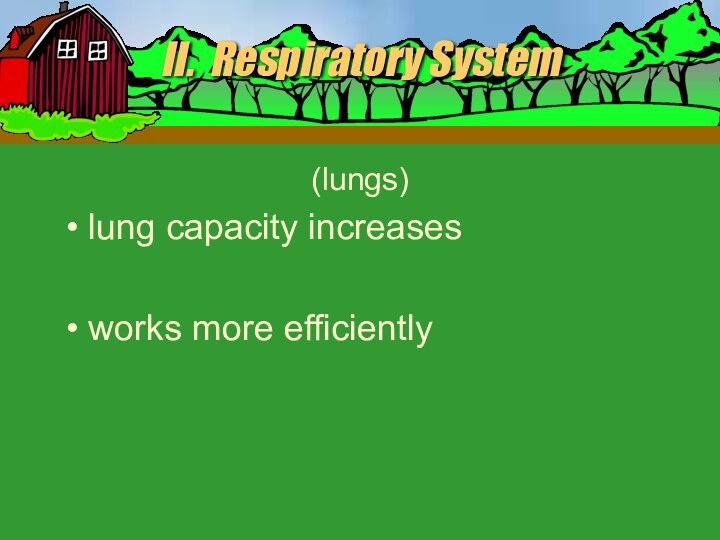throughout the body)
Tunes it for more skillful body movement
Improves
your reaction timeImproves mental performance
FindSlide.org - это сайт презентаций, докладов, шаблонов в формате PowerPoint.
Email: Нажмите что бы посмотреть


















